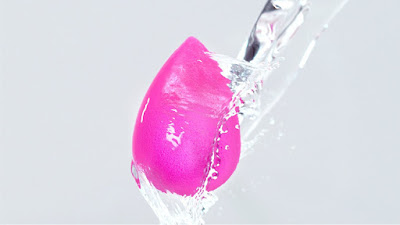Boar brush
This is one brush that every girl with fine, frizzy and limp hair needs to invest in. Made using real boar hair, this hairbrush boasts of a number of benefits. Since this brush has extremely soft and flexible bristles, it does not hurt your scalp, preventing any sort of damage. Additionally, brushing your hair with a boar brush helps seal the cuticles (the same thing that a cold water rinse does) and lends your hair incredible shine and movement.
Porcupine brush
Don’t let the name mislead you; porcupine brushes are not harsh on your scalp and won’t cause any sort of tearing or damage. This hairbrush is made with a combination of boar bristles and nylon bristles; the nylon bristles are slightly extended for better results. This kind of brush provides thin hair with a gentle, yet firm hold and adds some movement to flat hair.
Cushion brush
If you are looking for a styling hairbrush for fine and thin hair, then you should consider giving cushion brush a try. This brush typically features synthetic or natural bristles on a rubber base to eliminate static that arises from brushing the hair.





















:max_bytes(150000):strip_icc():format(webp)/Aloe-Vera-for-Hair-2-1078-ALT-5d2425c0384044778dacb23d59fab97b.jpg)




